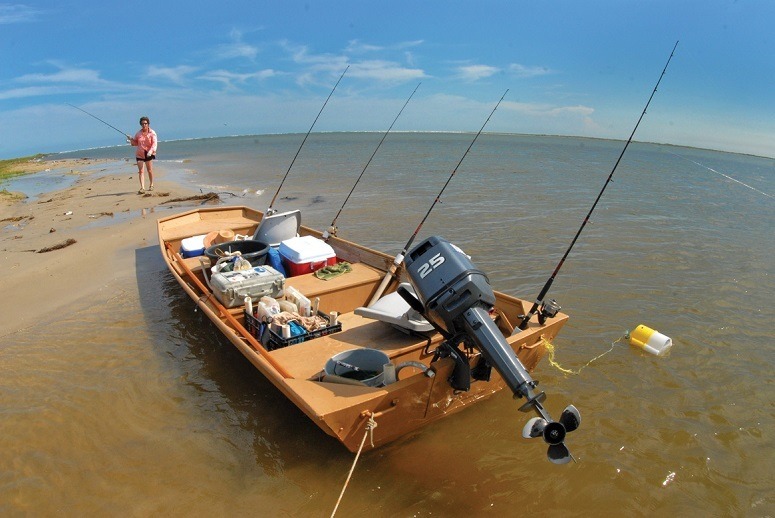
This oil is designed to stick to metal, and protect it.

Pockets of air can make it easier for moisture to collect. Drain and replace the engine oil and add an oil filter if applicable.If kept at the coast, removing salt is a must as well to prevent corrosion. With any boat storage method, you’ll want to make sure that you remove your boat from the water and clean off any barnacles, waterline scum, as well as vacuum out the inside while you’re at it. Keep in mind that these steps should be performed in order and by a professional if you’re not comfortable. While you can certainly find extensive lists of things to do to prep your boat for winter, this list contains a few of the key items to remember for most inboards and outboards. A simple checklist for winterizing your boat Many of these items are applicable to several types of boats both at the coast and inland.

There are a few key checklist items to build into your process, that can really help to ensure that your boat runs well season after season. Before diving into storage options specifically, I want to start by breaking down the process of winterizing your boat. Winterize your boat before storage prior to winter or colder monthsįor most people reading this, outdoor boat storage is probably the most practical option, assuming you have already winterized it. Whether or not you have a boat lift, dock, or none of the above, in this post, I’ll break down all of the winter storage options you have for storing it both outdoors or indoors. Protecting your boat from the elements season to season is critical to protecting this investment and its resale value down the road.įrom winterizing your boat to finding the perfect spot to store it, there are a few steps to follow and best practices to keep in mind to ensure it fires up in the spring and summer months.

But seriously, a boat is a big investment and needs to be taken care of, especially if you live in a colder climate. You know what they say, boat stands for “bust out another thousand”.


 0 kommentar(er)
0 kommentar(er)
